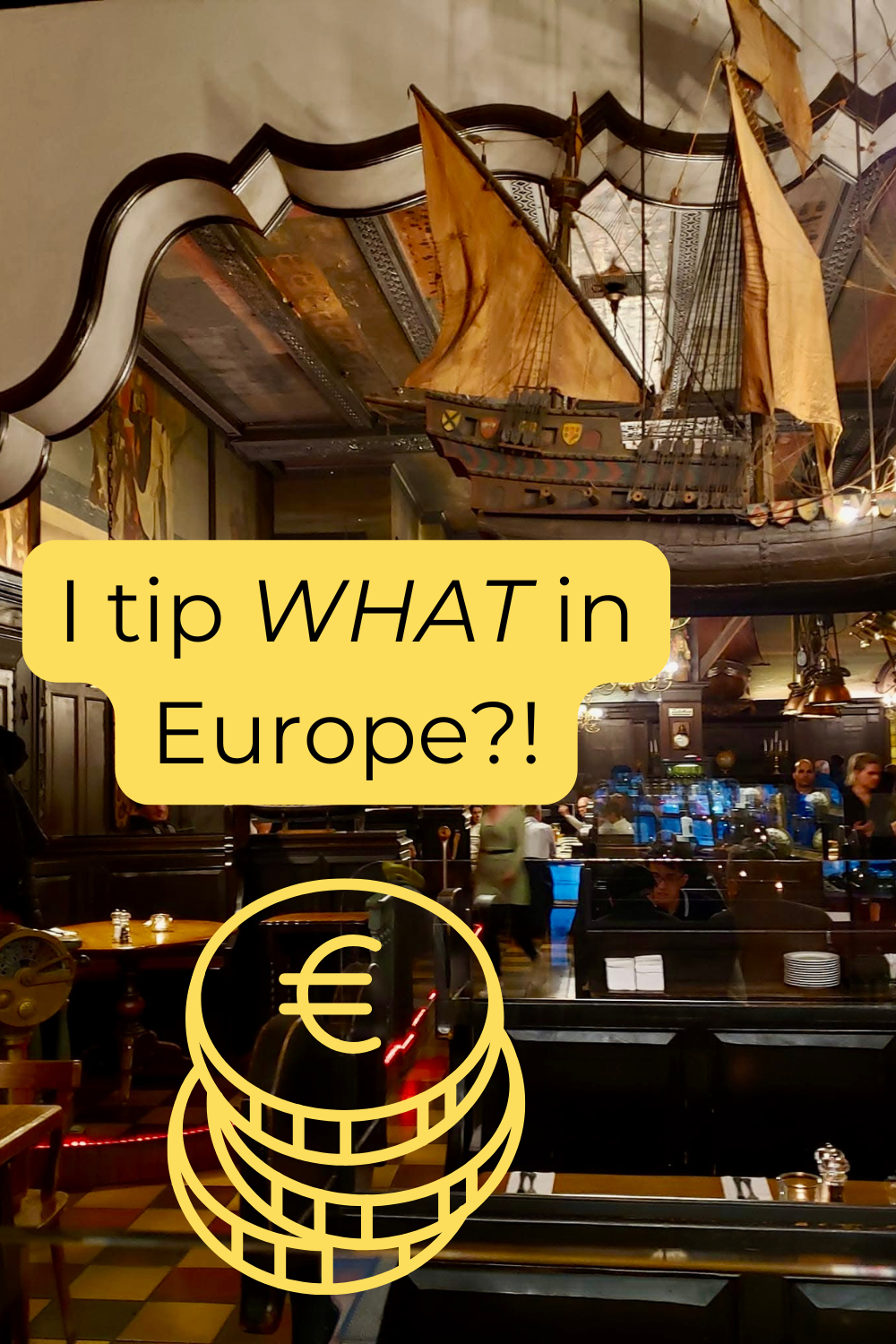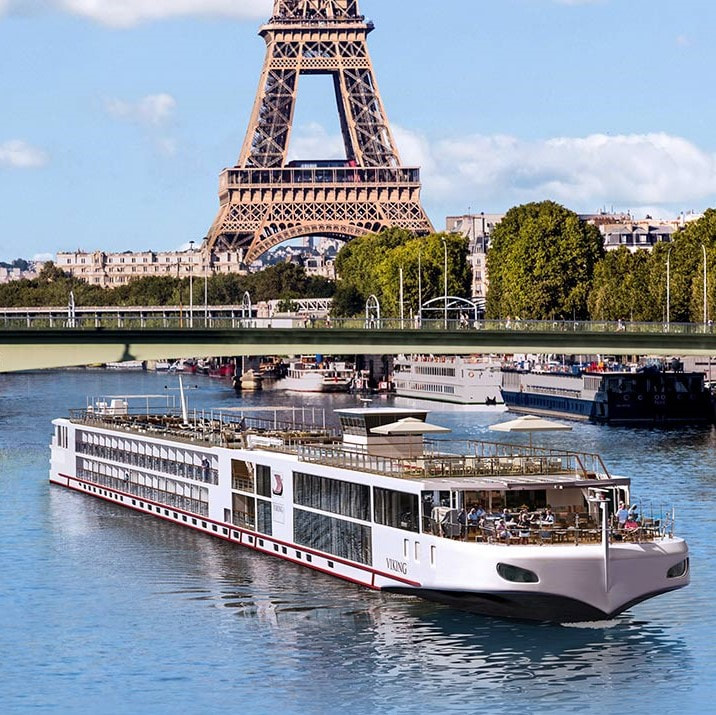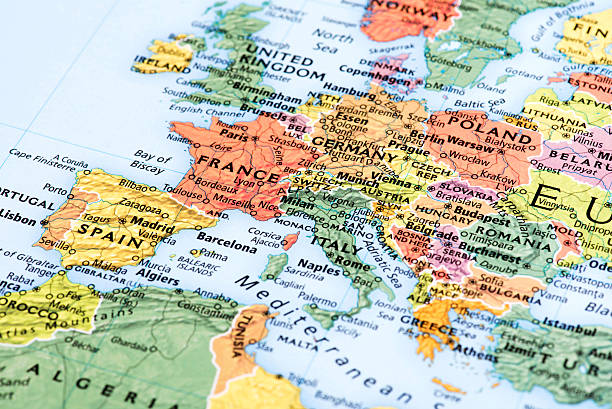Hungary might not be what you expect from an eastern European country. Because it opened its borders to the West before many of its neighbors, it also had a head start on hospitality, welcoming visitors with its rich and varied cuisine, gorgeous wine regions and steamy thermal spas. From the striking capital of Budapest, curving along the grand Danube, to its remote villages, known for their superb folk art, Hungary's attractions are easy and pleasurable to explore.
When interest in traveling to eastern Europe began to increase, the growth at first put a strain on Hungary's tourism infrastructure. However, in recent years, Budapest and many other areas have countered the surge in tourism with a greater supply of hotels. In fact, Budapest has the largest number of first-class hotels of any eastern European capital, which is why it has developed into an important city for regional business.
If big-city travel isn't what you're after, Lake Balaton is ideal for water lovers, wine enthusiasts will want to visit Villany or Tokaj, and Hortobagy attracts those seeking traditional Hungarian culture. There is also a lot of first-class equestrian tourism throughout the country.
Hungary is the smoothest introduction to travel in eastern Europe, and despite its increasing modernization, it remains as exotic and appealing as its traditional folk melodies.
Geography
Hungary consists mostly of plains, with hills and low mountains confined to the western and northern portions of the country. The Danube River (called the Duna in Hungarian) forms the northwestern border of the country. It then turns almost due south in the middle and neatly bisects the nation. Lake Balaton is to the west, and rich agricultural land dominates the east. History
For many millennia, various peoples populated the Carpathian Basin, where Hungary lies, but the nomadic Magyars took control of the area in the 10th century. (The language of the Magyars, still spoken in Hungary, is not Indo-European—it's related only to Finnish and Estonian.) King Stephen, who was later canonized, consolidated the power of the monarchy as he Christianized the country. During the Middle Ages, squabbles between nobles and a peasant uprising divided the land (the peasant leader was burned alive on a red-hot iron throne), until a loss by the Hungarian army to the Ottoman Turks in 1526 sent the nation into a long-lasting downward spin.
However, the Turks did make some lasting contributions, including the splendid Turkish baths in Budapest, architecture (such as the mosques and the Gul Baba tomb in Budapest) and the introduction of coffee—once only a Turkish privilege, but now one of the defining elements of Hungarian life. It is thought that the Turkish influence is why pork is such an important aspect of Hungarian cuisine: The conquerors didn't eat it, so it became a staple for the Hungarians.
Following the expulsion of the Turks in 1686, Hungary fell under Hapsburg rule. That lasted until the advent of the Dual Monarchy—an odd arrangement made in 1867 that united Austria (the empire) and Hungary (the kingdom) in a federated state. The Dual Monarchy entered World War I as a German ally—with disastrous results. Following the war, Hungary was reduced to a third of its original size, leaving hundreds of thousands of ethnic Hungarians in neighboring countries. The results of World War II, which Hungary entered on the side of the Axis powers, were just as disastrous. Budapest was left in ruins, and by 1947, Communists had taken control of the country and had begun to force peasants onto collective farms. The 1956 uprising shook the world when Soviet tanks crossed the border and crushed an attempt by Hungarians to re-establish an independent state—you can see the bullet holes and shrapnel craters on many old buildings in Budapest.
By the 1970s, an economic policy known as "goulash communism" (which relied heavily on money borrowed from foreign countries) had transformed Hungary into the most advanced country in the Soviet bloc in terms of standard of living. Hard currency debts, rising inflation and unemployment led to discontent with the "old guard," however, and in the 1980s a new set of reformers took power. In October 1989, shortly after taking down the barbed-wire fence that separated the country from Austria, Hungary became the Republic of Hungary and established free elections. Hungary is a member the European Union.
Snapshot
Hungary's main attractions include traditional cultural events, thermal baths, baroque palaces, friendly people, casinos, water and equestrian sports, good food, museums, old churches, wine-making villages, excellent music and interesting rural villages.
Almost everyone who loves European culture will love Hungary, although medievalists might be disappointed: Because of invasions and wars, little remains of Hungary's prebaroque architecture. There is always plenty of good food and drink, but those who require deluxe accommodations throughout their entire stay may want to avoid rural areas.
Potpourri
Hungary played an important role in initiating the fall of communism in eastern Europe. By the late 1980s, Hungary had already become so liberalized that the barbed-wire barrier along the border with Austria seemed superfluous and was taken down. East Germans by the thousands quickly discovered this little loophole and headed to Hungary so that they could cross the border into Austria. The mass escape helped to bring on the crisis in the East German government that eventually leveled the Berlin Wall.
The Hungarian Crown of St. Istvan (Stephen) was taken from Hungary during World War II and was finally returned by former U.S. President Carter in 1978. It is on display in Parliament.
The Rubik's Cube, the ballpoint pen, the safety match, the carburetor and vitamin C supplements were all invented in Hungary.
Gypsy music should not be confused with Hungarian folk music. Genuine Gypsy folk music is sometimes hard to find, and it's quite different from the restaurant variety, which caters to contemporary tastes. Hungarian folk music, on the other hand, is what has been played for centuries in Hungarian villages. Check listings for dance houses (tanchaz), where they are always glad to teach folk-dance steps to foreigners.
Tony Curtis, George Soros, Bela Lugosi and Harry Houdini are all of Hungarian descent.
Thermal waters provide heating for homes in parts of Budapest.
Unicum—a dark, bitter herbal digestif—is Hungary's national drink. Made by the Zwack family for more than 150 years, the secret recipe was smuggled out of the country in the 1950s when the Zwacks emigrated to America. In 1989, the family reopened the factory in Budapest.


































